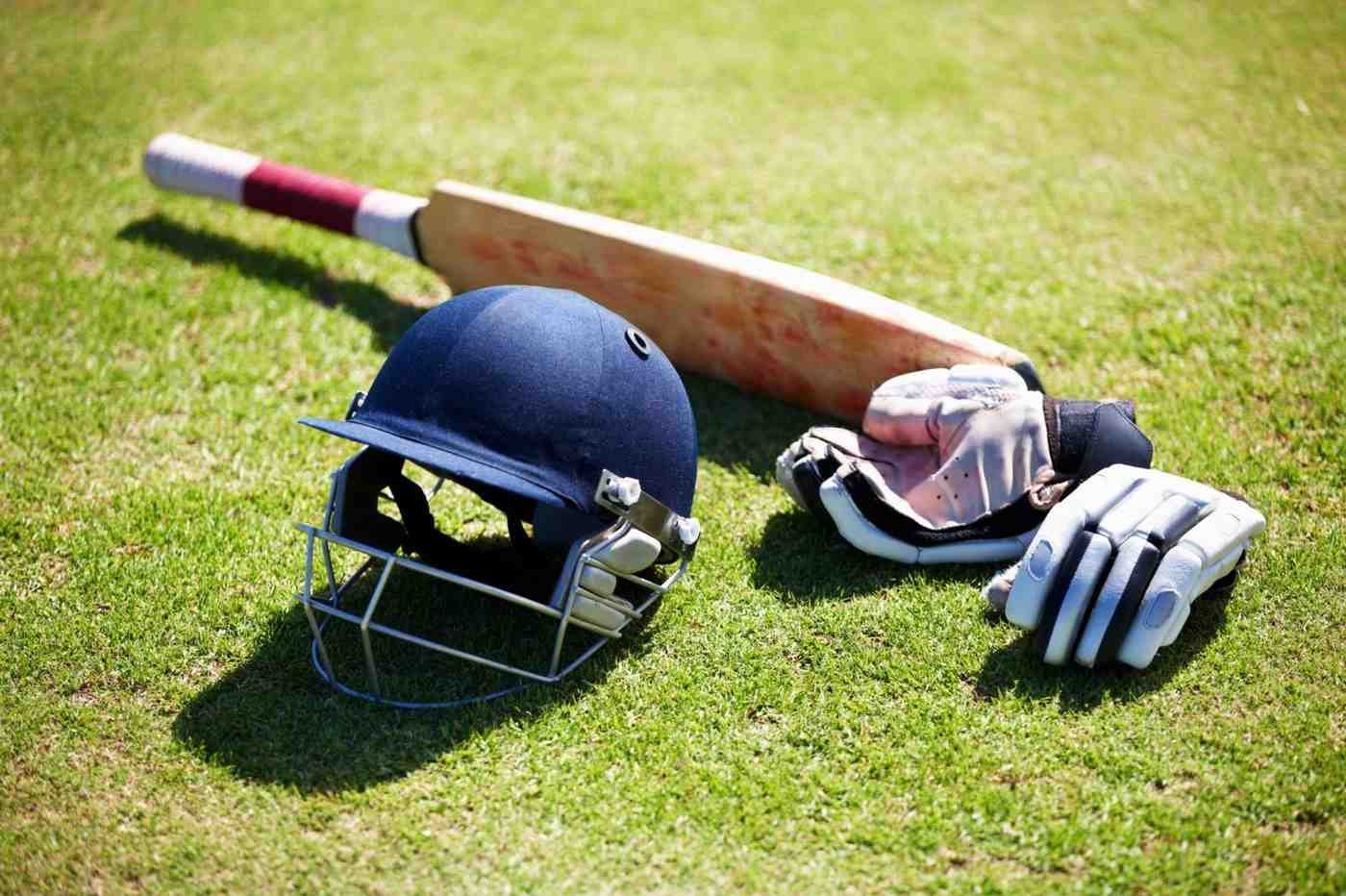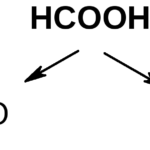Cricket is a game with history boldly tracing it, and so is the cricket bat. In essence, choosing the correct cricket bat determines the overall performance of the prince and even the cricketer. In this article, you will learn about the usage of cricket bats through History, Design, Material, and a Checklist for selecting the best cricket bat.
History of Cricket Bats
The cricket bats has changed with time right from the early 17th century to the modern day. It is believed that the cricket bat was first utilised in 1624, though the earliest cricket bat resembled more of a hockey stick because underarm bowling was then in practice. Techniques of bowling changed with time and as a result the shape of the bat also transformed.
Towards the end of the 18th century, bowlers started using more of the straight-arm movement and had wider straighter bats too. It was not until the nineteenth century that producers developed the exact weight and size of the bat according to the game type. Later with the addition of the new limited-overs cricket, the batsmanship approaches evolved into hitting more power in the cricket bat.
Structure of an Ideal Cricket Bat
As, I intimated before, a cricket bat has the following parts that contribute to the general performance of the bat. Knowledge of these parts aids the players in choosing the appropriate bat according to the services they want and the manner they play.
Handle
They have a cane rubber body that offers the necessary shock absorber as well as an improved gripping surface. Most handles can be oval or round cross section.
Oval handles extend the players’ control as compared to round heads in some circumstances round heads are ideal for those players who hit with their wrists.
Blade
The blade as mentioned earlier is the major contacting surface hereby known as the blade and is made out of wooden planks.
It is divided into three parts: the toe (bottom), the middle portion known as the sweet spot, and the area near the handle.
Sweet Spot
The middle of the bat is designed at the position where maximum power is to be produced with minimal energy.
Different bats have sweet spots at varying positions: positions higher up for the stroke players and lower down for power hitters.
Cricket Bats and its Materials
Cricket bat material has a significant influence on the bat as this paper will expound and discuss in detail. The wood utilized in the making of cricket bats has been primarily willow since the material used is light and acts as an effective shock absorber.
English Willow
The material that is used most by professional-level players.
English indicates a lightweight, grain structure along with its aptness to produce powerful shots.
However, these bats call for some frequent maintenance, for example knocking in before use.
Kashmir Willow
It is only slightly cheaper than English willow.
These bats are denser and sturdier than the other types, best suited for anyone who is just starting out or only plays intermittently.
They are not as elegant as the English willow bats but are good value for the money you pay.
Other Materials
Depending on the design, some training bats may have fiber or plastic components to minimize maintenance or weight.
The most regular bats used by the players I found during my study are those used when practising the game to sharpen hand-eye coordination.
Types of Cricket Bats
In this post, we’ll talk about a few varieties of cricket bats that are on the market and are made specifically for a certain kind of play or cricket match.
Bats for Test Matches
The wooden bats that are light or possess a higher sweet spot are based on the higher technicality of batting.
Focus on maintaining power, to incrementally build innings figures up over players.
T20 Bats
Big barreled, and low-momentum bats, which are still capable of delivering enormous forces.
As suggested earlier, T20 bats have a larger sweet spot with its sweeter thicker edges to help clear the boundaries easily.
Junior Bats
Described for youth use only, comes in smaller sizes and lighter models as a rule.
What are junior bats? Junior bats are bats designed with an emphasis on a player’s technique and fit.
Training Bats
Education is used for practice sessions of strength, cooperation, and timing by the players.
These bats are commonly short or narrow blades to refine a player’s quickness.
Bat Sizes and Weight Distribution
Bat size selection is an important factor that should be correctly determined for a player. These bats come in different sizes; juniors range from Size 0 to Size 6, while Harrow or Full size is for adults.

Weight Distribution
Some bats are heavy at the top for players who play with the front foot and want a big-hitting area.
Even weighted bats have symmetrical weight distribution and these are preferred by players who switch between defense and offense. Recommended Bat Size Base on Your Player Height
Sizing Chart
Player Height Recommended Bat Size
Below 4’3″ Size 0
4’3″ – 4’6″ Size 1
4’6″ – 4’9″ Size 2
4’9″ – 5’0″ Size 3
5’0″ – 5’3″ Size 4
5’3″ – 5’6″ Size 5
5’6″ – 5’9″ Size 6
5’9″ – 6’0″ Harrow Size
Above 6’0″ Full Size
Cricket Bats Selection Guide
There are some factors to adhere to when purchasing a cricket bats other than the cost. The following are some relevant features that may help to remember.
Playing Style
Skillful players who get to bowl technical shots should consider the bat with the greatest center region.
Boundary seekers carry out more adventurous hitting so they may opt for sturdier bats with chunkier edges.
Budget
Real English willow is more costly than the artificial ones but they are more efficient to use.
The cheapest kind of cricket bats is the Kashmir willow bat which can be used by a beginning and occasional cricketer.
Knocking-in Process
English willow bats have to be knocked in before they can be used in a match. This is where the bat’s surface is struck mildly using a mallet to help course grain and reduce the likelihood of splits.
Grip and Handle Comfort
Make sure that the handle of the bat will fit perfectly in your hand. Every player that goes for small hands may opt for oval handles while others that rely on their wrists may go for round handles.
Keeping and Looking after Your Cricket Bats
To maximize its useful life span due care must be taken in handling it. Here are some tips for maintaining your bat:
Oiling the Bat
Use raw linseed oil on the exterior surface of the bat to make the wood remain moist as it will not dry up.
Knocking-in Process
Striking in the bat should be done with a bat mallet or a used leather football. In this way, the surface of the bat becomes compact which is perfect for the game.
Storage Tips
Keep the bat in a cool dry place. Do not allow it to come into contact with extremes in heat and cold because this will split the wood.
Avoid Water Exposure
This should not come into contact with moisture. If the bat is wet, then one should wad it up in a towel then bring it back to the field as soon as it is dry, and apply some oil so that the bat will not bend.
FAQs
1: What is the difference between Kashmir willow bats and English willow?
English willow bats are lightweight, offer better stroke play, and are preferred by professionals due to their high performance. Kashmir willow bats are heavier, more durable, and ideal for beginners or casual players looking for an affordable option.
2: What is the ideal weight for a cricket bat?
The ideal bat weight varies according to the player’s strength and playing style:
Lightweight bats (2.6 to 2.9 lbs) are suitable for players who focus on timing and technique. Heavier bats (2.10 to 3.0 lbs) are preferred by power hitters for clearing boundaries.
3: What is a bat’s sweet spot, and why is it important?
The sweet spot is the part of the blade where maximum power is generated with minimal effort.
A low sweet spot helps with aggressive front-foot shots. A higher sweet spot offers better control for technical players.
How much does a professional cricket bats cost?
English willow bats for professional use can cost $300–$800 or more, depending on quality and brand. Kashmir willow bats are more affordable, typically ranging from $50–$150.
What are training bats, and should I use one?
Training bats have narrower blades or heavier weights to improve strength and precision.
Which cricket bats grip is the best?
Rubber grips provide solace and reduce oscillations. Players can choose oval or round handles based on their preference. Oval handles offer more control, while round ones allow for wristy strokes.
Conclusion
Selecting the right cricket bats involves features such as the material type of the bat, weight, size, and often the style of the player. English willows are famous for their excellent playing use, but Kashmir willow-manufactured models are affordable options for newcomers. To this end comprehending the various types of cricket bats will assist the players in optimizing their techniques whether they are control-, and/or.: Heckel power-oriented players.
If well taken care of, a high-quality cricket bats can indeed be used for several seasons. For the experienced player, as well as the newcomer to cricket, the time spent considering the right bat will without a doubt improve your play on the field.












